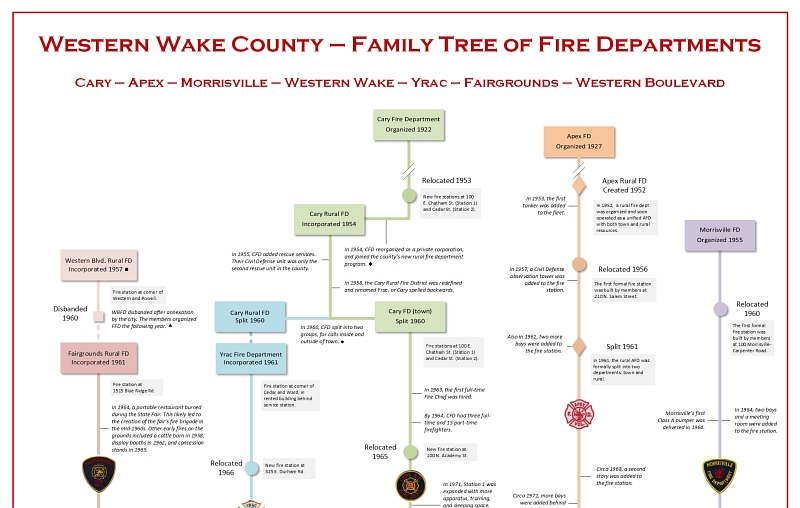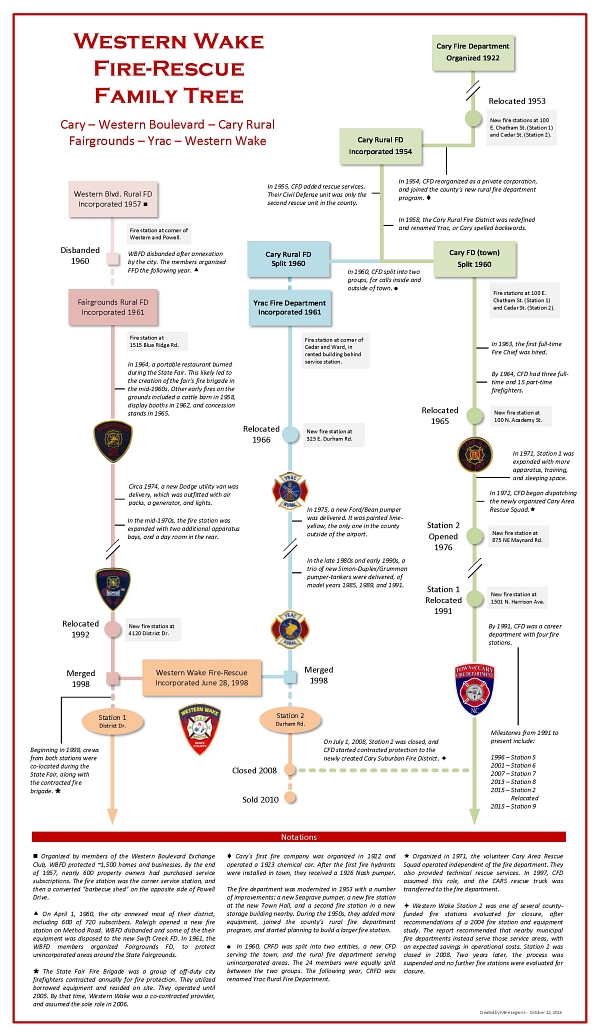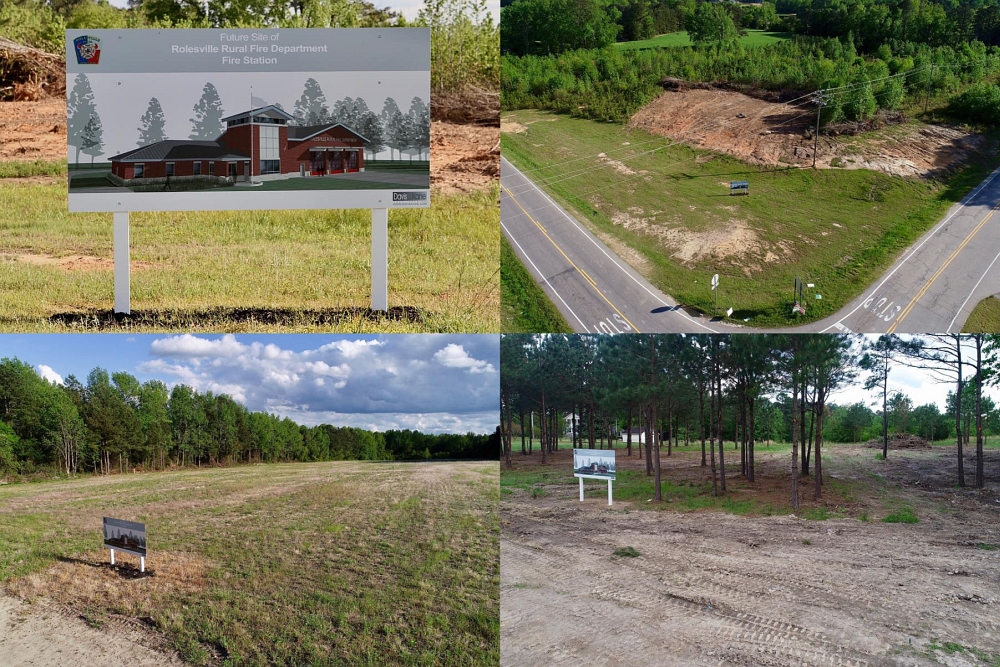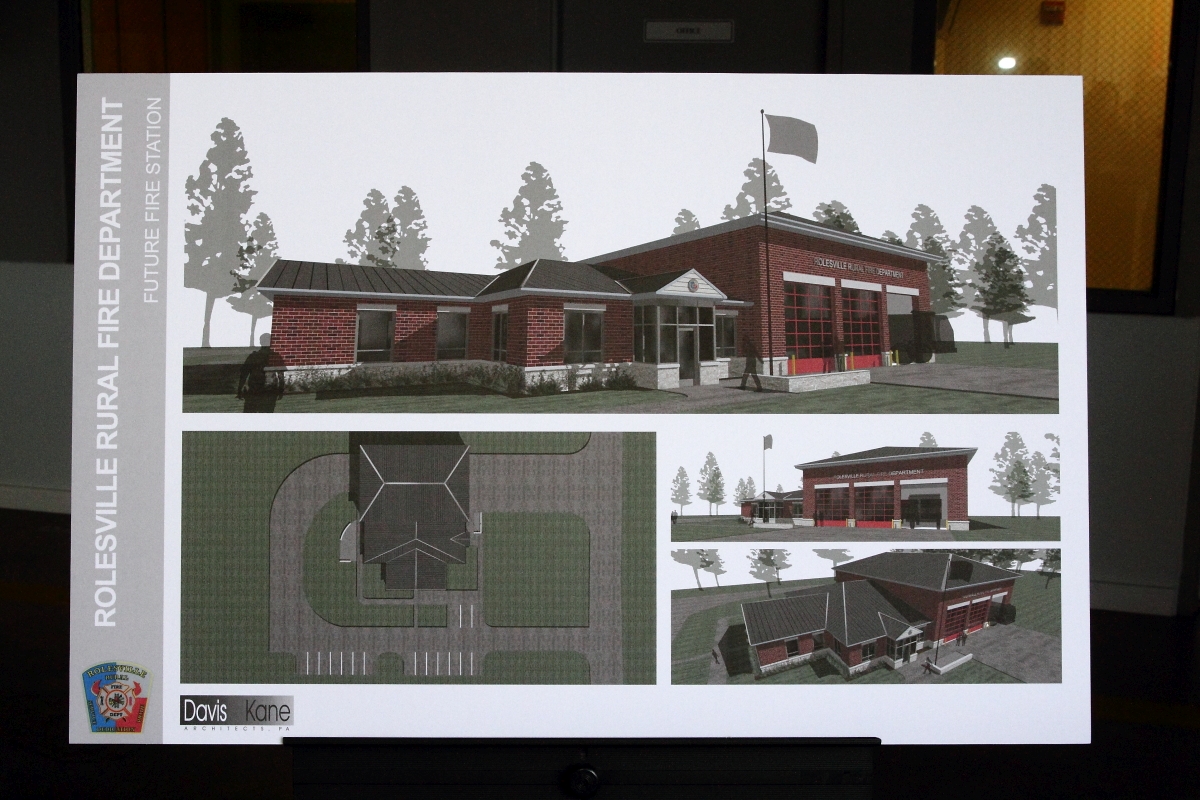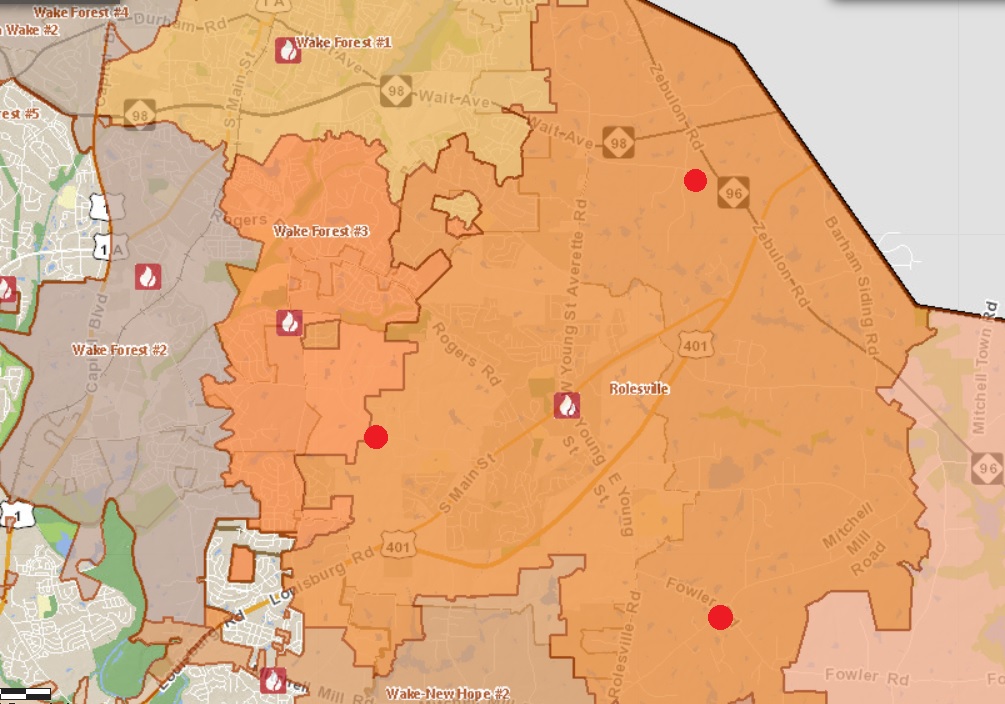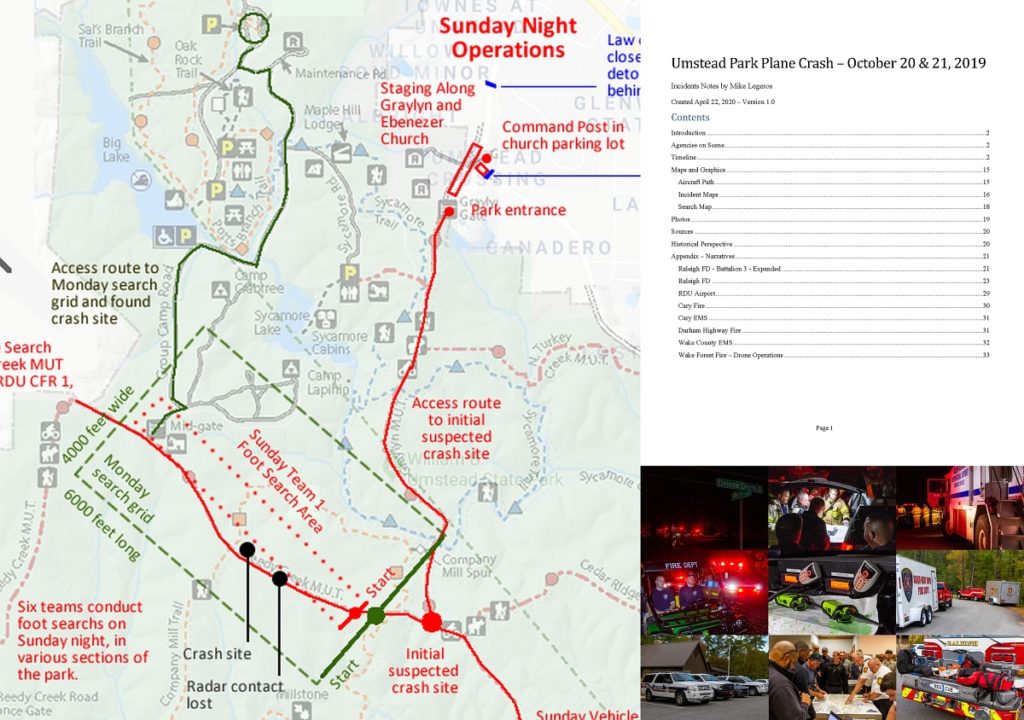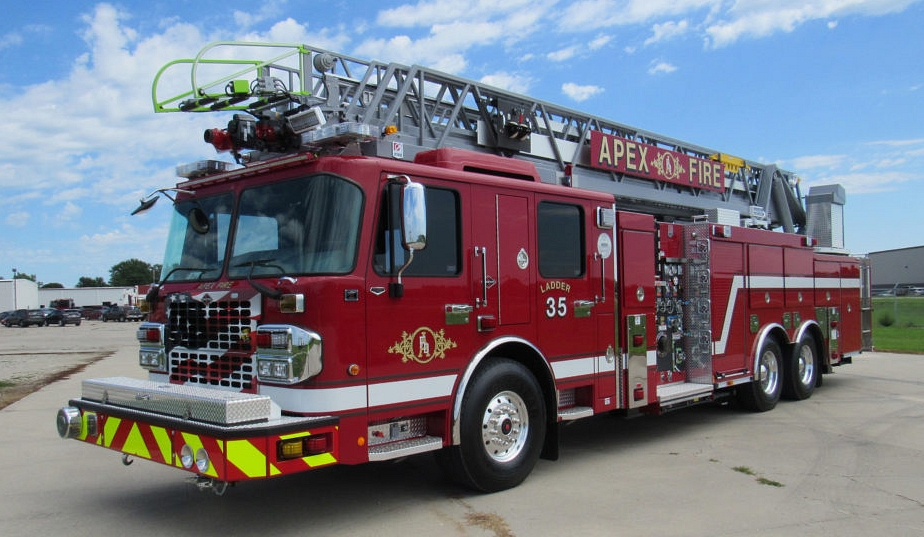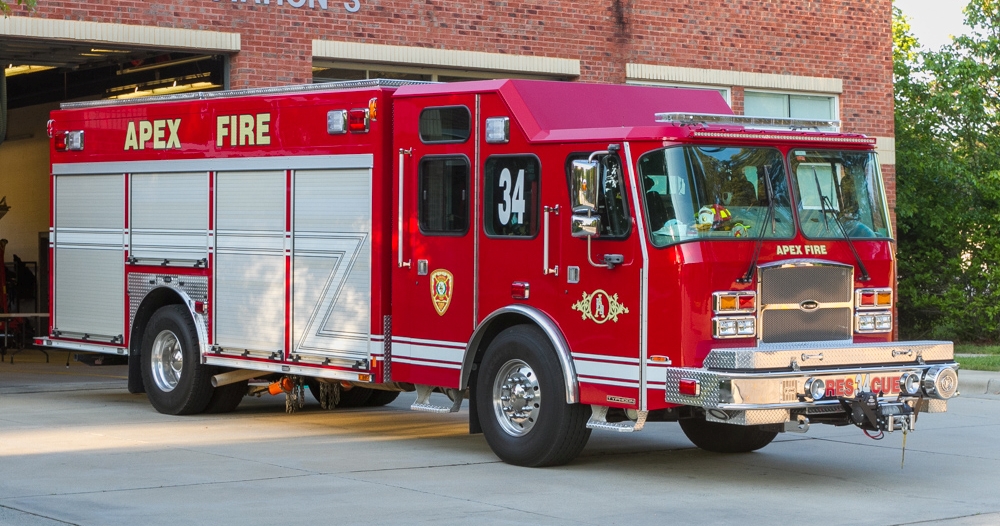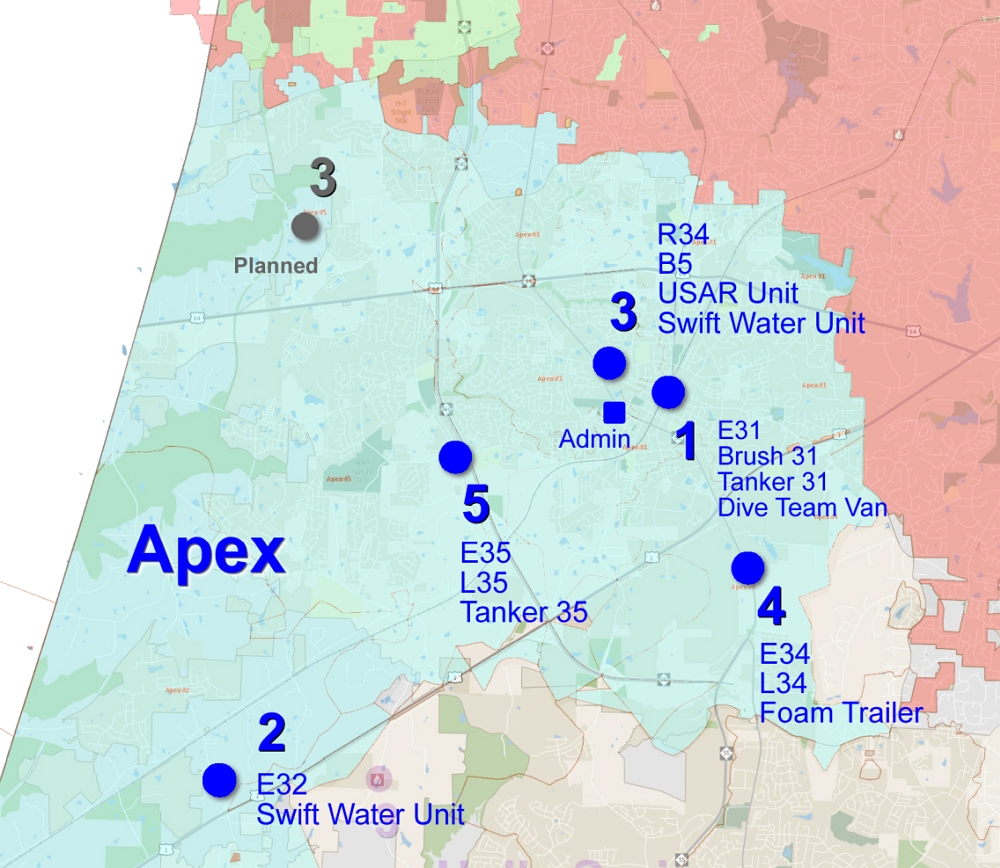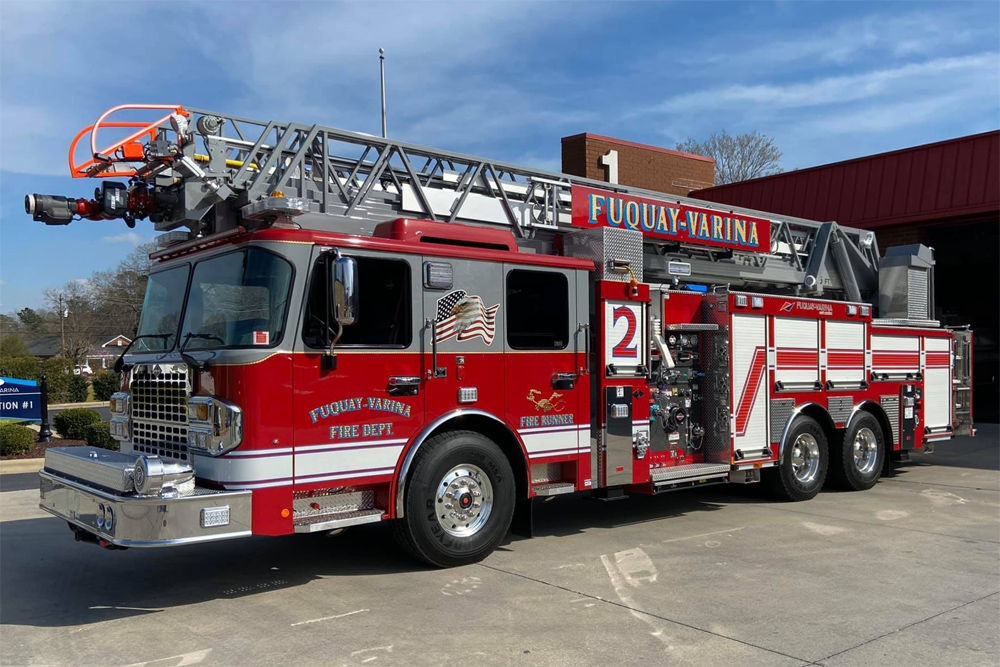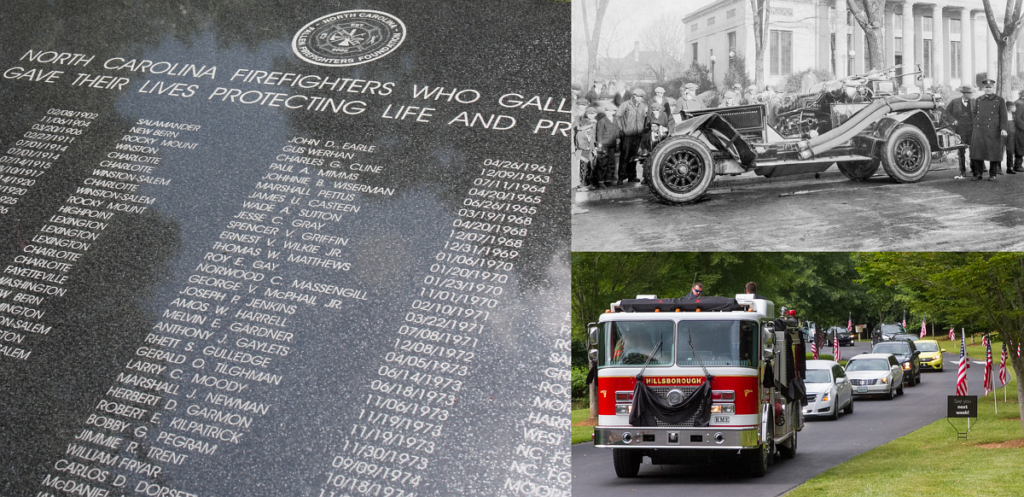
Saturday, May 2, 2020, was the planned date for the 15th Annual North Carolina Fallen Firefighters Memorial Service. Due to the coronavirus, the event was postponed to August, to be co-located with the South Atlantic Fire Rescue Expo. On Friday, the postponed NCFFF events were announced as cancelled.
This year’s addition to the memorial will be honored in May 2021. There are eleven firefighters, including four legacy additions from 1880 to 1964. The other members died in the line of duty between July 2018 and September 2019. They are:
- 04/10/1880 – William A. Ellerbrock, Howard Relief/Wilmington
- 06/17/1893 – Joseph B. Willard, Wilmington Hook & Ladder/Wilmington
- 11/26/1946 – Frank W. Bennett, Durham
- 08/18/1964 – George W. House Sr., Asheville
- 07/04/2018 – Michael G. Goodnight, West Liberty
- 12/18/2018 – David Wayne Page, Durham
- 01/31/2019 – Karen A. Shuart, Asheville
- 03/07/2019 – Wayne R. Mason, Tri-Beach
- 05/30/2019 – Dennis M. Ebersole, Kure Beach
- 08/29/2019 – W. Keith Tessinear, Raleigh
- 09/20/2019 – Claud G. Messer, Jonathan Creek
About the Memorial
The North Carolina Fallen Firefighters Memorial is located at Nash Square in downtown Raleigh. It was dedicated on May 6, 2006, and with 164 names engraved on black stone tablets. Those fire service members—both career and volunteer, and from departments ranging from municipal to forest service to industrial brigade—died in the line of duty between 1902 to 2005.
Continue reading ‘Looking Back at North Carolina Fallen Firefighters – May 2020’ »
